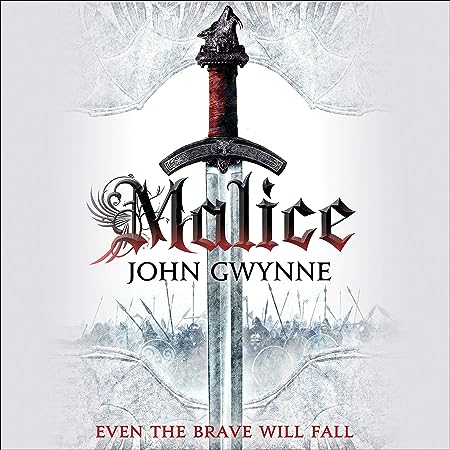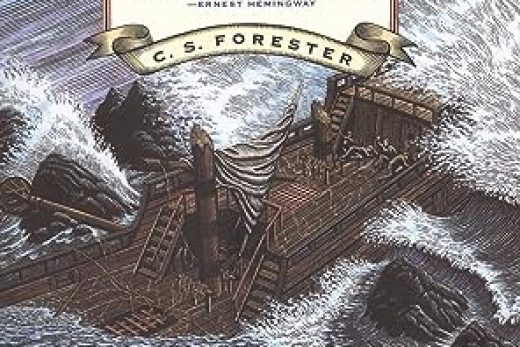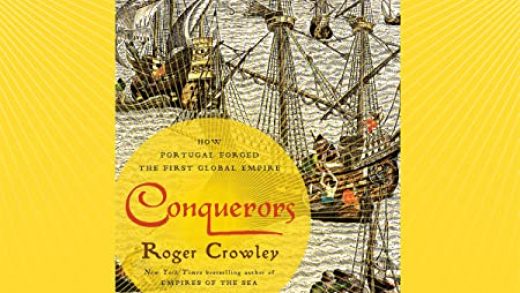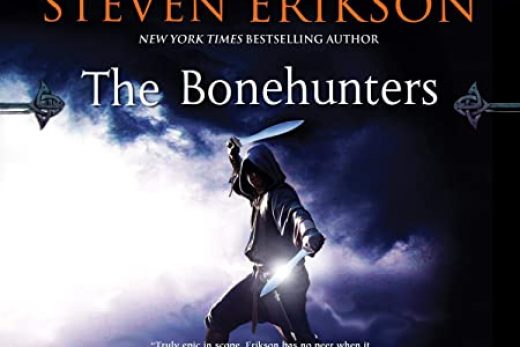In this essay, we delve into the world of Middle-earth with The Fall of Gondolin by Christopher Tolkien, a posthumous publication based on the work of his father, J.R.R. Tolkien. As one of the most captivating tales from the legendarium, this story immerses readers in a richly detailed and enchanting realm. Throughout the essay, we will discuss the book’s content, its significance, and address some frequently asked questions.
The Fall of Gondolin tells the story of the hidden city of Gondolin, a beautiful and prosperous Elven realm. The narrative follows Tuor, a human hero chosen by the Vala Ulmo, as he embarks on a journey to warn Gondolin of its impending doom. Despite his efforts, treachery from within the city’s walls leads to a tragic outcome.
As the last of the Great Tales from the First Age of Middle-earth, The Fall of Gondolin provides a rich account of the characters, landscapes, and events that shape the world in which it is set. It also reveals the depth of J.R.R. Tolkien’s imagination, as this tale was initially conceived decades before the well-known works such as The Hobbit and The Lord of the Rings.

A: Christopher Tolkien, J.R.R. Tolkien’s son, dedicated his life to preserving and editing his father’s unpublished works. The Fall of Gondolin is one of those works, and its publication allows readers to explore more of Middle-earth’s history and lore.
Q: How does The Fall of Gondolin connect to other Tolkien works?
A: This story is part of Tolkien’s larger legendarium, which includes The Silmarillion, The Hobbit, and The Lord of the Rings. It adds depth to the universe and provides insights into the early history of Middle-earth and the events that shaped it.
Q: What is the significance of the city of Gondolin?
A: Gondolin is a symbol of the Elves’ struggle against the darkness of Morgoth, the first Dark Lord. Its eventual fall illustrates the futility of their efforts to resist his power and foreshadows the need for a greater alliance among the races of Middle-earth to stand against such evil in the future.
In conclusion, The Fall of Gondolin by Christopher Tolkien is a captivating tale that immerses readers in the rich history of Middle-earth. Its exploration of themes such as loyalty, betrayal, and the struggle against darkness adds to the depth and complexity of Tolkien’s legendarium. This posthumous publication is a must-read for fans of Tolkien’s works, as it further enriches our understanding of the world he so masterfully created.









